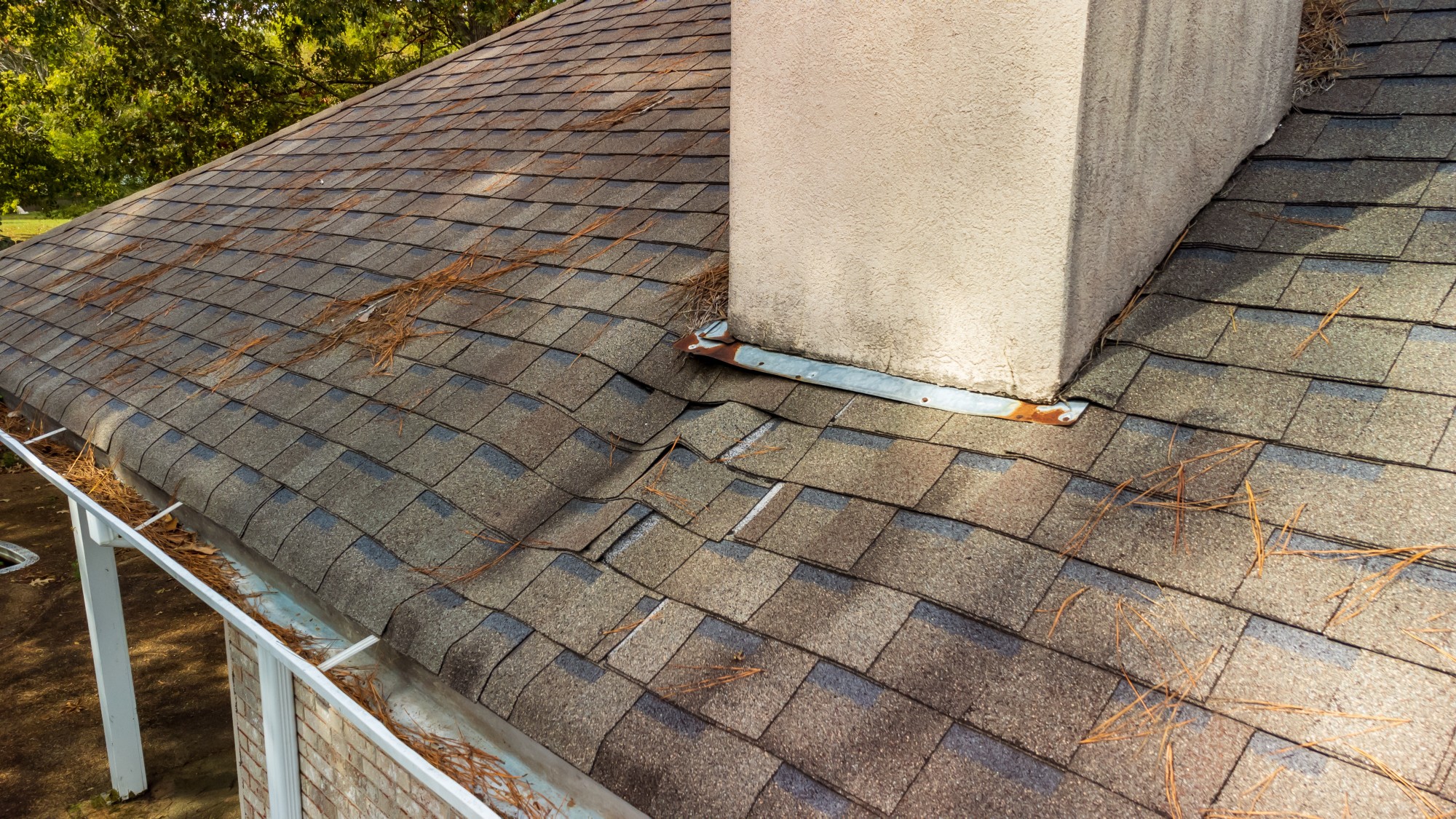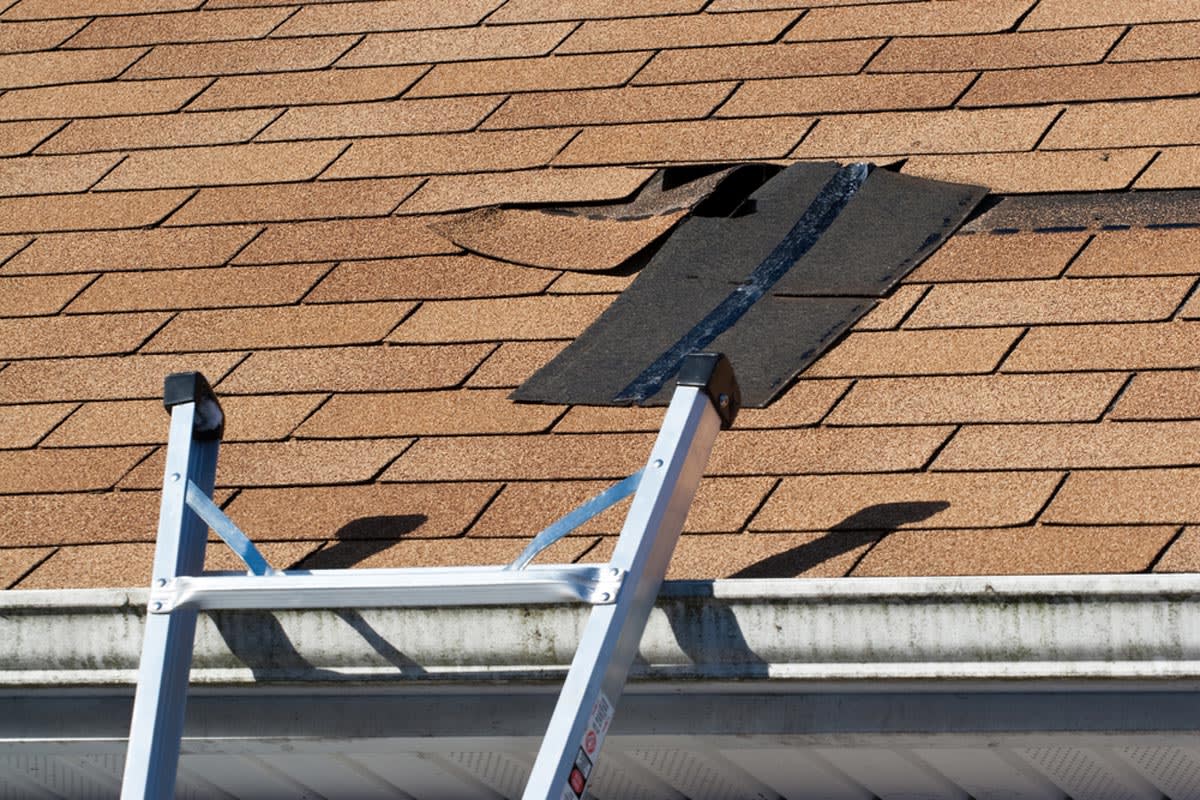Roofing Oahu: Expert Professional Roofer for Your Oahu Property
Roofing Oahu: Expert Professional Roofer for Your Oahu Property
Blog Article
Understanding the Different Sorts Of Roof Coverings: A Comprehensive Guide for Homeowners
With a selection of alternatives-- ranging from the traditional gable to the modern flat-- each type offers special advantages and challenges that need to straighten with the property owner's environmental factors to consider and details needs. As we discover the ins and outs of various roof kinds, it becomes apparent that one size does not fit all; the best option might stun you.
Saddleback Roof
Gable roofs, defined by their triangular shape, are among one of the most popular roofing styles because of their simplicity and efficiency in shedding water and snow. This style features 2 sloping sides that satisfy at a ridge, enabling for reliable drainage and minimizing the risk of water buildup. The steep pitch frequently related to gable roofs enhances their capacity to manage heavy rainfall, making them ideal for various environments.
In addition to their functional benefits, gable roofings offer aesthetic convenience. They can be adapted to different architectural designs, from traditional to modern-day homes. The style can additionally accommodate extra functions such as dormer windows, which boost natural light and air flow in the attic room space.
Furthermore, gable roofs provide adequate space for insulation, adding to power effectiveness. Property owners can choose from a selection of roof covering materials, including asphalt shingles, steel, and floor tiles, additionally enhancing personalization choices.
Regardless of their benefits, saddleback roofs might require extra support in locations vulnerable to high winds or hefty snowfall. In general, the saddleback roof remains a popular selection due to its mix of functionality, sturdiness, and aesthetic appeal.
Apartment Roofs
Flat roof coverings are frequently recognized for their minimal style and useful applications, specifically in industrial and industrial setups (oahu roofing). These roofings include a straight or nearly straight surface area, which enables simple building and construction and versatile area application. While they may do not have the visual allure of angled roofs, flat roofs use numerous benefits, specifically in city atmospheres where maximizing area is crucial
One of the primary benefits of flat roofs is their access. Property owners can make use of the roofing space for different purposes, such as rooftop gardens, balconies, or photovoltaic panel installments. Additionally, flat roofing systems are commonly more cost-effective to install and maintain contrasted to their sloped counterparts, as they call for fewer products and labor.
Nonetheless, flat roofs do existing specific difficulties. Correct drain is vital to avoid water pooling, which can bring about leakages and architectural damages. For this reason, picking premium waterproofing materials and regular evaluations are essential for ensuring durability. Usual materials used for flat roofings consist of built-up roofing (BUR), changed bitumen, and single-ply membrane layers, each offering unique benefits. On the whole, flat roofs serve as a adaptable and practical option for many homeowners and businesses alike.
Hip Roofing Systems
Hip roof coverings are characterized by their sloped sides that merge at the top, creating a ridge. This style is unique from gable roofs, as all 4 sides of a hip roof slope downwards toward the wall surfaces, supplying a much more steady structure. The angle of the slopes can differ, enabling flexibility in architectural aesthetics and capability.
One of the main advantages of hip roof coverings is their capacity to withstand hefty winds and adverse weather. The sloped surface areas enable better water drainage, lowering the danger of leaks and water damages. Furthermore, hip roofings use boosted attic room space, which can be utilized for storage space or also exchanged habitable areas.
Nevertheless, constructing a hip roofing can be extra pricey and intricate than easier roofing kinds, such as gable roofing systems. The added product and labor involved in developing the slopes and making sure correct architectural integrity can cause greater costs. Regardless of these downsides, many property owners favor hip roofings for their durability, aesthetic appeal, and possibility for energy effectiveness.
Mansard Roofing Systems
Mansard roof coverings, frequently acknowledged by their distinct four-sided layout, feature 2 inclines on each side, with the reduced slope being steeper than the upper. This building design, stemming from France in the 17th century, is not only visually appealing yet useful, as it makes best use of the usable room in the top floors of a building. The high reduced slope enables even more headroom, making it a perfect selection for attics or loft spaces, which can be exchanged living rooms.
Mansard roofings are identified by their versatility, fitting different architectural styles, from typical to contemporary. They can be constructed with different products, including asphalt shingles, slate, or steel, supplying homeowners with a variety of choices to match their budget plans and choices. In addition, the design allows for the integration of dormer windows, improving natural light and ventilation in the upper levels.
Nonetheless, it is vital to take into consideration the prospective disadvantages. Mansard roofings may require more maintenance as a result of the intricacy of their style, and their high slopes can be testing for snow and rain drainage. On the whole, mansard roofings combine sophistication with usefulness, making them a preferred option among property owners seeking distinctive building attributes.
Dropped Roofings
As homeowners progressively look for simplicity and capability in their building styles, lost roof coverings have emerged as a popular choice. Identified by a solitary sloping airplane, a shed roof provides a minimal visual that enhances various home styles, from modern to rustic.
Among the primary advantages of a shed roof is its straightforward building and construction, which commonly converts to decrease labor and material costs. This layout allows for efficient water drainage, minimizing the threat of leakages and water damage. Additionally, the upright incline provides ample space for skylights, boosting natural light within the inside.
Dropped roof coverings likewise use convenience in terms of use. They can be properly integrated into enhancements, garages, or exterior structures like pavilions and sheds. Additionally, this roof style can fit different roof covering materials, consisting of steel, asphalt tiles, or perhaps eco-friendly roofs, lining up with eco-friendly campaigns.
Nonetheless, it is important to consider local climate conditions, as heavy snow lots might necessitate adjustments to the roof's angle or framework. In general, lost roofings present a practical and cosmetically pleasing option for homeowners looking to take full advantage of capability without endangering style.
Conclusion


Gable roofing systems, roof repair oahu identified by their triangular form, are among the most prominent roof covering designs due to their simpleness and efficiency in shedding water and snow. oahu roofing. The high pitch generally connected with gable roof coverings boosts their capability to deal with heavy rainfall, making them appropriate for various climates
While they may do not have the aesthetic allure of pitched roof coverings, level roofings offer many advantages, particularly in metropolitan settings where making best use of area is crucial.

Report this page